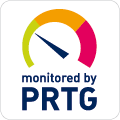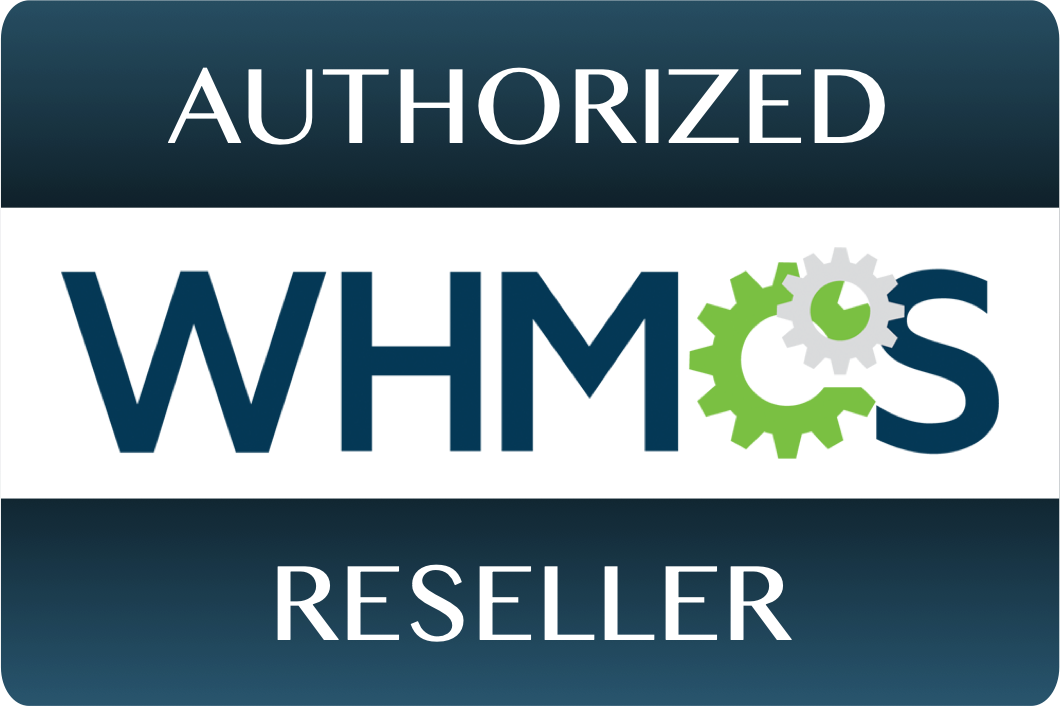There are nearly countless methods of social networking on the internet, with the numbers growing every day. Naturally, a few names standout as the top platforms: Facebook, LinkedIn, Twitter, and Google+. Small businesses likely cannot afford to choose more than one of these platforms, though the visibility is certainly worth the investment.
Where will you receive the best results?
Here is a breakdown of the pros and cons of advertising on the top social media platforms:
Pros: Facebook has the largest number of users (over 1.19 billion and of those at least 700 million users are active daily) and will give you immediate visibility with a wide range of audiences. It offers advanced targeting options so that small businesses can advertise to their specific clientele. Targeting options are: location, gender, likes/interests, workplace, relationship status, and education.
Cons: In comparison to other sites, Facebook’s provided metrics are very small. Additionally the expense for a small ad may not offer increased traffic enough to justify its cost.
Pros: The user base is made up of mainly business professionals, which gives the platform a high conversion rate. Categories like employee title, location, and demographics allow targeting to specific audiences. The platform is growing swiftly, particularly in markets such as India.
Cons: Click-through-rates are fairly low, though the ones that do click are usually invested. Compared to other platforms, advertisements are expensive. Additionally remarketing options are not available.
Pros: With its use of hashtags, Twitter allows targeting of users based on their current interests. Like Facebook, Twitter has a dedicated user base (over 320 million active users, with 1.3 billion total). Its ad format is much more straightforward via promoted tweets, which appear like any other user’s tweet. Promoted accounts and trends are additionally beneficial.
Cons: Apart from hashtags and keywords, Twitter’s selection of interests to choose from is fairly limited and makes it difficult to target by interest. Twitter keeps quiet about its ads’ success compared to other platforms. Also the cost can be unthinkable for small businesses, especially for “promoted trends.”
Pros: As a search engine itself, Google knows how to use SEO benefits. Its audience is more tech-driven (a pro for some companies and a con for others). The advertiser does not pay for their ad unless someone clicks on it and at that point, pays per click.
Cons: Google does qualify hovering over the ad for two seconds or more as a click. This platform does not receive as much traffic as the other sites mentioned, with a mere 300 million monthly users (although this includes use of Google’s other products like YouTube). Also targeting options are limited and promotion policies are restrictive.








